-
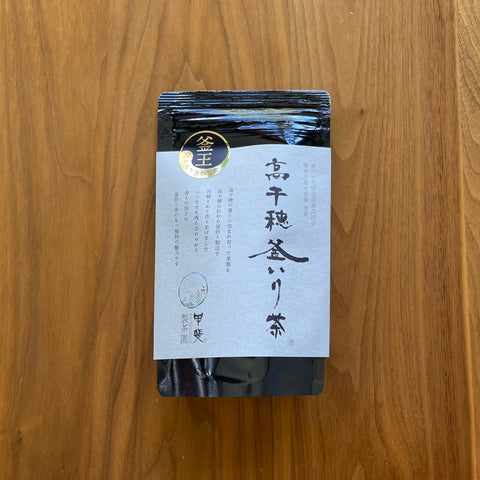 Premium Roasted Tea (Kamairicha) by Kai Seichaen
Premium Roasted Tea (Kamairicha) by Kai Seichaen
$ 29.00 -
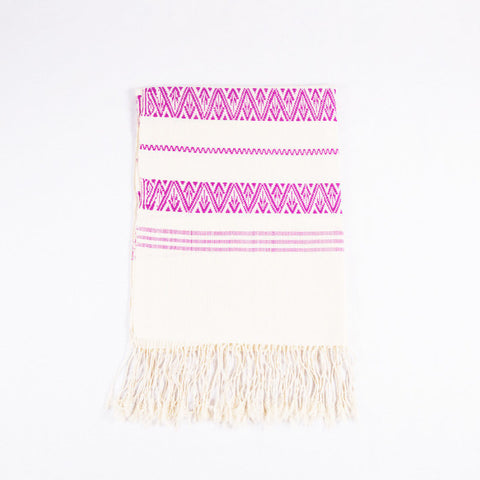 Purple Dai Handwoven Table Runner, Geometric Patterns
Purple Dai Handwoven Table Runner, Geometric Patterns
$ 220.00 -
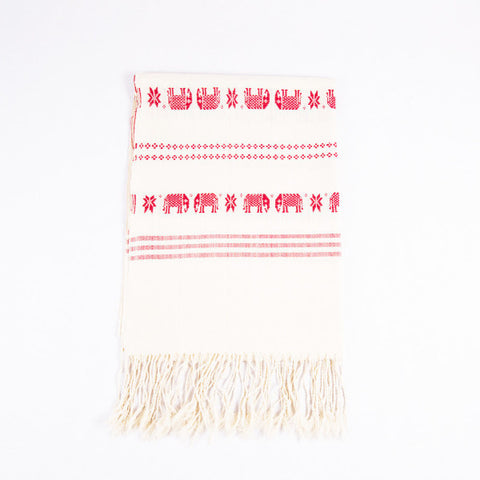 Red Dai Handwoven Table Runner, Elephants
Red Dai Handwoven Table Runner, Elephants
$ 220.00 -
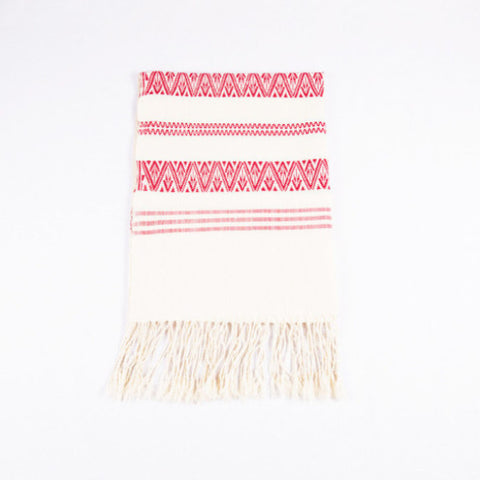 Red Dai Handwoven Table Runner, Geometric Patterns
Red Dai Handwoven Table Runner, Geometric Patterns
$ 220.00 -
 Reishi Herbal Tea, Relax
Reishi Herbal Tea, Relax
Sold Out -
 Reishi Herbal Tea, Vital Up
Reishi Herbal Tea, Vital Up
$ 36.00 -
 Resting Rabbit Chopstick Rest
Resting Rabbit Chopstick Rest
Sold Out -
 Rice Bowl Chopstick Rest, Brown
Rice Bowl Chopstick Rest, Brown
$ 15.00 -
 Rice Bowl Chopstick Rest, White
Rice Bowl Chopstick Rest, White
$ 15.00 -
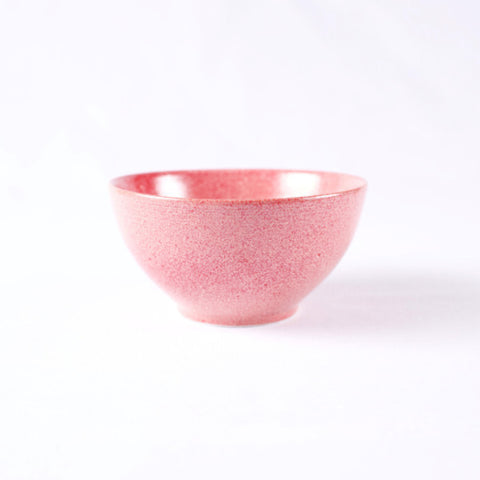 Rice Bowl, Rose
Rice Bowl, Rose
Sold Out -
Riversand Tea Cup
Sold Out -
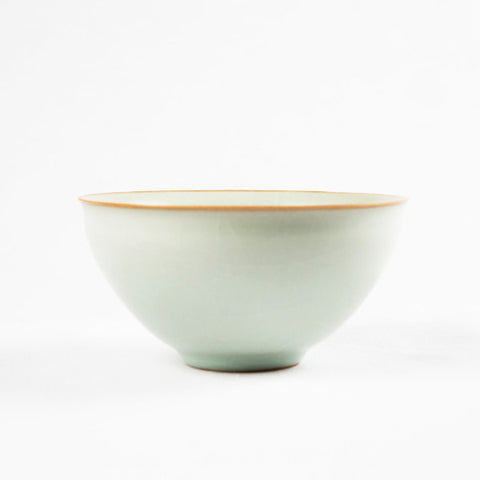 Rukiln Bowl
Rukiln Bowl
Sold Out -
 Running Horse Chopstick Rest, Black
Running Horse Chopstick Rest, Black
$ 12.00 -
 Running Horse Chopstick Rest, Blue
Running Horse Chopstick Rest, Blue
$ 12.00 -
 Running Horse Chopstick Rest, Green
Running Horse Chopstick Rest, Green
$ 12.00 -
 Running Horse Chopstick Rest, Pink
Running Horse Chopstick Rest, Pink
$ 12.00 -
 Sabi Ramen Bowl
Sabi Ramen Bowl
$ 65.00 -
 Saeakari Japanese Black Tea by Nakakubo Seichaen
Saeakari Japanese Black Tea by Nakakubo Seichaen
Sold Out -
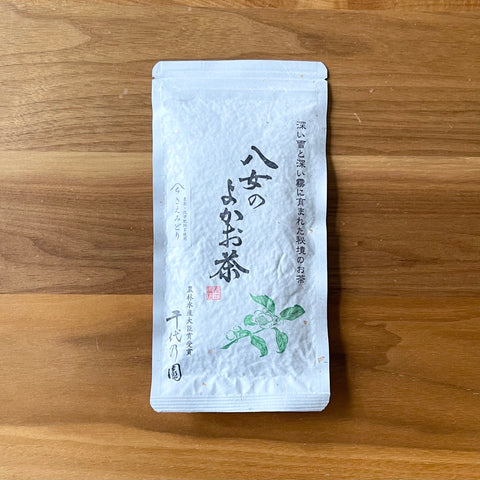 Saemidori Sencha by Chiyonoen
Saemidori Sencha by Chiyonoen
Sold Out -
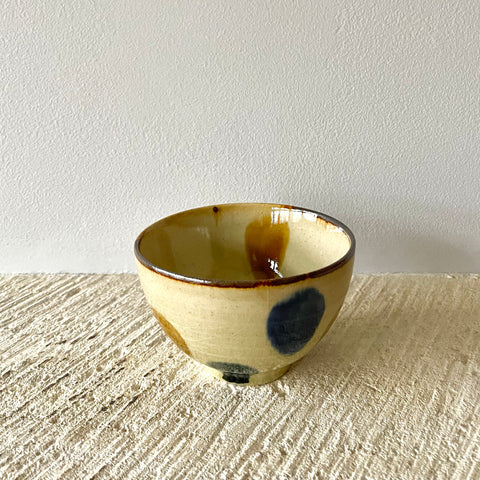 Sansai Bowl, Matcha
Sansai Bowl, Matcha
$ 35.00 -
 Sansai Bowl, Tall
Sansai Bowl, Tall
$ 45.00 -
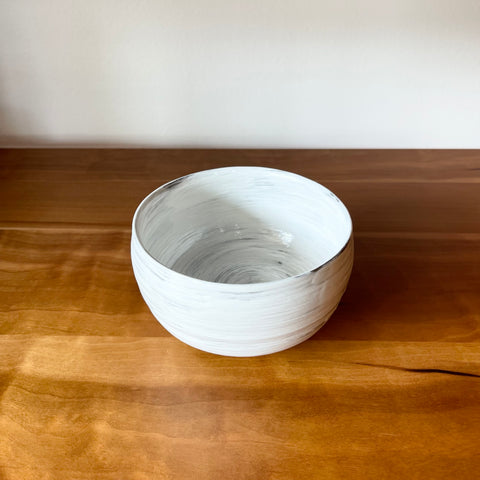 Satsu Matcha Bowl
Satsu Matcha Bowl
Sold Out -
 Seasonal - Kyouga Matcha by Yamamasa Koyamaen
Seasonal - Kyouga Matcha by Yamamasa Koyamaen
Sold Out -
 Seasonal - Ryoufuu Matcha by Yamamasa Koyamaen (Cold Brew)
Seasonal - Ryoufuu Matcha by Yamamasa Koyamaen (Cold Brew)
Sold Out























